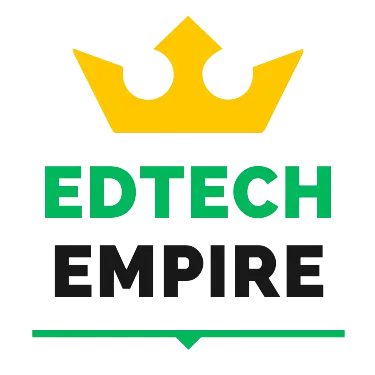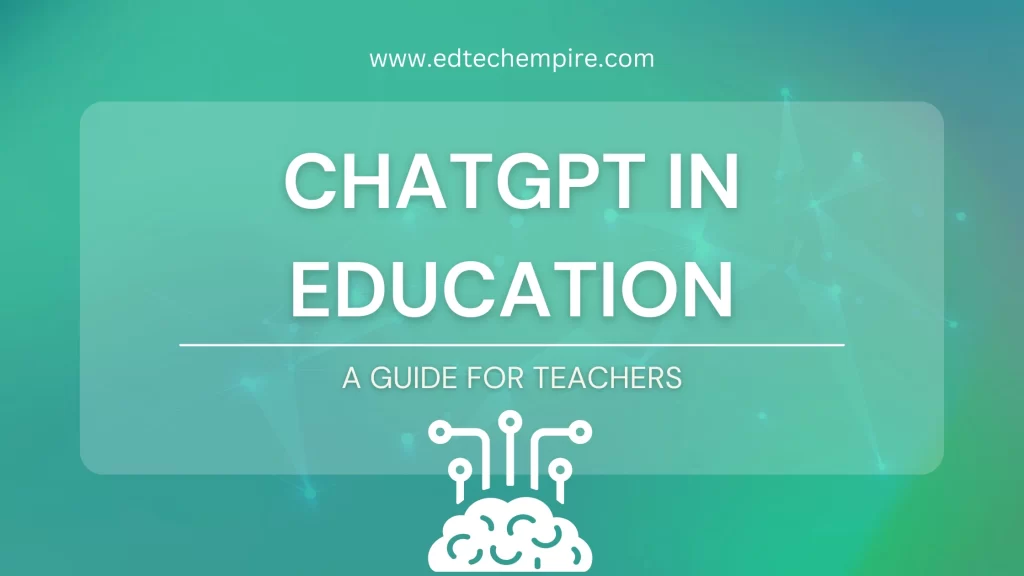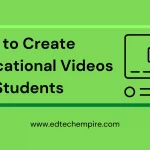![]()
Technology may be a very effective tool for teachers who are looking for methods to engage and inspire their students. The way we teach and learn could be revolutionized by ChatGPT, a natural language processing tool that enables users to have conversational exchanges with a virtual assistant. This blog post will focus on utilizing ChatGPT in Education so that teachers can offer more personalized learning experience for the learners.
What is ChatGPT?
Before we get into how to use ChatGPT in Education, let us first learn a bit more about what ChatGPT is. The GPT-3 language model by OpenAI has a variation called ChatGPT. It is intended to be able to comprehend human language and react to it similarly to how a person would. Because of this, it’s the perfect tool for conversational interfaces like chatbots or virtual assistants.
What You can do with ChatGPT?
ChatGPT is a chatbot that generates conversational responses to user input using natural language processing (NLP) and machine learning. With ChatGPT you can do the followings:
- Ask the chatbot questions and engage in conversations with it as you would with a real person.
- By giving the chatbot input and the appropriate responses, you can train it to respond to particular requests or themes.
- Use ChatGPT as a customer service or support representative to answer common questions and give users information.
- For a more engaging and customized user experience, integrate ChatGPT into a website or messaging service.
- By giving ChatGPT a topic and the required tone or style, you may use it to generate material such as social media posts or website copy.
Thus, ChatGPT is a powerful resource that may increase user experience and task and process efficiency thanks to its capacity to comprehend and produce human-like responses.
How Can ChatGPT be Used in Education?
There are many ways that ChatGPT can be used in education to enhance the learning experience for students. Some potential uses include:
- Personalized learning: By adjusting to each student’s unique requirements and talents, ChatGPT can be utilized to create tailored learning experiences for them. For instance, using ChatGPT, a teacher may design unique lesson plans and homework assignments for every student based on their academic progress and interests.
- Virtual tutoring: For students that require more assistance, ChatGPT can be utilized to deliver virtual tutoring. For instance, a student could use ChatGPT to practice their abilities in a welcoming and safe atmosphere. Alternatively, to obtain assistance with a challenging idea or problem. It can especially be useful for teaching languages by guiding students to converse with the AI in a given scenario.
- Collaborative learning: ChatGPT can facilitate collaborative learning by allowing students to work together and discuss ideas in real-time. For example, a teacher could use ChatGPT to create a study scenario or case. Then form teams among students where students can share their ideas and work together to solve problems.
- Self-guided learning: Self-guided learning materials that let students explore and study at their own speed can be made using ChatGPT. It can be difficult for teachers to prepare guided learning materials in bulk. Teachers often perform heavy duty besides facilitating class lessons. With ChatGPT even busy teachers can quickly come up with innovative guided learning materials for students to go through and learn.
- Formative assessment: Teachers may track student progress and pinpoint areas for growth by creating formative evaluations with ChatGPT. To illustrate how students can utilize ChatGPT to demonstrate their understanding of a particular idea, consider creating a quiz or game.
- Analyzing Feedback Survey: Teachers often take feedback survey from students so that they can improve their class and learning plan. However, it can be a daunting task to analyze all the feedback they receive from all the students. ChatGPT can also be utilized to quickly get important insight from the feedback survey and identify the improvement areas. This way teachers can engage more time in taking measures to improve their teaching and learning plan.
- Preparing scripts for Educational Videos: Teachers often need to produce video contents for their students so that students can learn asynchronously beyond the classroom hours. However, without a video script often teachers can produce videos that may have flaws and may feel clumsy. To make the educational videos more professional, teachers can utilize ChatGPT to create video lesson scripts. Check our guidelines on creating educational videos for students to learn more about educational video production process.
Therefore, ChatGPT can be a useful tool for educators trying to engage and inspire their students. It has the possibility of enhancing students’ learning experiences in a number of ways.
How to Get Started with ChatGPT in Education
Here are some steps you may follow to get started using ChatGPT as a teacher in your classroom:
- Familiarize yourself with ChatGPT: The first step is to familiarize yourself with ChatGPT and its functions. Explore the OpenAI documentation and tutorials, and experiment on your own with ChatGPT, to learn how to do this.
- Identify your goals: Prior to implementing ChatGPT in your classroom, it’s critical to have a clear understanding of your objectives. Do you want to use ChatGPT to help your students learn more effectively or to give extra assistance to those who need it? Prioritizing your objectives will allow you to use ChatGPT in a way that best suits your requirements.
- Determine the best way to use ChatGPT: The next stage is to decide how to use ChatGPT in your classroom the most effectively after you are clear on your objectives. You can use ChatGPT in a variety of ways, so it’s vital to consider which will benefit your students the most. Making individualized lesson plans, online tutoring sessions, group learning activities, tools for self-directed learning, or formative exams are a few suggestions.
- Determine the appropriate level of integration: How ChatGPT should be included into your classroom should be another crucial factor. While some teachers could favor using ChatGPT as an adjunct to more conventional training, others might prefer to make use of it as their main teaching resource. The best strategy will rely on your objectives, the needs of your students, and your personal teaching philosophy.
- Plan your implementation: Planning your implementation comes next after you’ve determined the best approach to use ChatGPT in your classroom. Choosing the exact ChatGPT features you want to utilize, setting up the necessary technical infrastructure (such as providing laptops or tablets for students to use), and planning when to introduce ChatGPT to your students are a few examples of what this could involve.
- Train your students: Before implementing ChatGPT in your classroom, it’s crucial to make sure that your students are at ease with it. As well as setting up some basic expectations and guidelines for how ChatGPT will be used in your classroom, this may include giving some basic instruction on how to utilize it.
Conclusion
In summary, ChatGPT is a tremendous instrument that has the ability to completely alter how we teach and learn. You may engage and inspire your students, deliver tailored learning experiences, promote collaborative learning, and measure their progress by using ChatGPT in the classroom. These steps can assist teachers who want to use ChatGPT in Education in starting up and getting the most out of this innovative technology. If you wish to learn more on this, read out our blog post titled, “Teaching in the Age of ChatGPT“.




We have created a tool for teachers that allows them to write reports for students using AI at
https://Teachers.Report – have a look and try the demo!